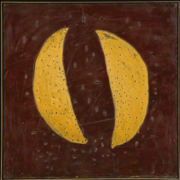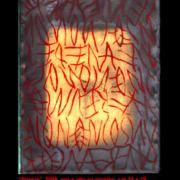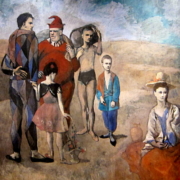The body between metapsychology and mentalization. Lines of research in psychoanalysis, after Freud
Abstract
The authors reconstruct the question of the body in Freudian writings, indicating its multiple theoretical and clinical aspects, and highlighting its conceptual complexity through the various phases of evolution of psychoanalytic discovery, from the origins, with hysteria, to the silent manifestations of the dead drive: extreme vertices of the Freudian research path which, on the body, has indicated articulated elements of reflection and without a univocal and concluded systematization. In the multiplicity of theoretical guidelines issued from Freudian cues, the conceptual prevalence of the “economic” Read more




